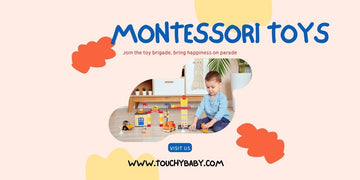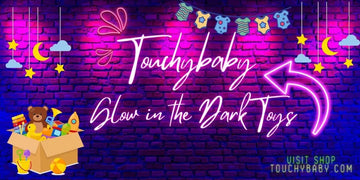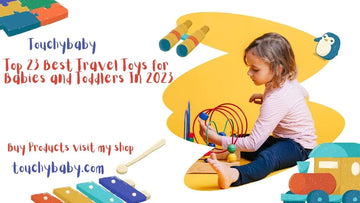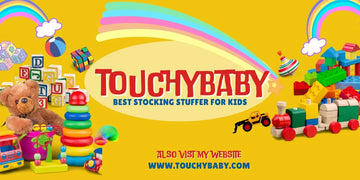
In an increasingly interconnected world, teaching children about diversity is more crucial than ever. Early exposure to different cultures, perspectives, and experiences lays the foundation for a more inclusive and understanding society.
By instilling these values from a young age, we equip children with the tools to appreciate, respect, and celebrate the rich tapestry of humanity.
5 ways to teach diversity to kids
Embrace Inclusive Storytelling:
Storytelling is a powerful tool that can shape a child's perception of the world around them. Introducing diverse narratives through books, movies, and media not only expands their imagination but also cultivates empathy and understanding.
Here's how to effectively embrace inclusive storytelling to teach diversity to kids:
- Diverse Representation:
Choose children's books, shows, and movies that feature characters from various backgrounds, ethnicities, abilities, and cultures. Seeing characters who look and live differently from them helps kids appreciate the richness of diversity.
- Multicultural Literature:
Explore literature that showcases stories from different cultures. These tales provide insights into traditions, values, and ways of life beyond a child's immediate surroundings.
- Empathy Through Protagonists:
Select stories where characters face challenges related to identity and diversity. This encourages kids to empathize with characters' experiences and understand the impact of prejudice and inclusion.
- Conversations and Reflection:
Engage kids in discussions after reading or watching diverse stories. Ask questions that encourage them to reflect on characters' feelings, experiences, and how they relate to their own lives.
- Libraries and Bookstores:
Visit libraries and bookstores that offer a wide array of diverse literature. Involve kids in selecting books that capture their interest and introduce them to different perspectives.
Cultural Celebrations and Traditions:
One of the most engaging ways to teach diversity to kids is by immersing them in the colorful tapestry of cultural celebrations and traditions. Exploring different customs, festivals, and holidays not only sparks curiosity but also fosters a deep appreciation for the richness of our global heritage. Here's how to effectively introduce kids to various cultural celebrations and traditions:
- Explore Festivals:
Research and celebrate festivals from around the world. Whether it's Diwali, Chinese New Year, Hanukkah, or Eid, each festival offers a unique window into different cultures.
- Interactive Activities:
Engage kids in hands-on activities related to festivals. Create traditional crafts, prepare special dishes, or participate in age-appropriate rituals.
- Storytelling and Legends:
Share stories and legends associated with cultural celebrations. This helps kids understand the significance behind rituals and customs.
- Cultural Cuisine:
Cook and enjoy traditional dishes from various cultures. Discuss the ingredients, flavors, and customs associated with these foods.
- Calendar of Diversity:
Create a calendar that highlights different cultural celebrations and holidays. Use this as an opportunity to learn about the world's diverse festivities.
Global Exploration and Geography:
Teaching kids about diversity extends beyond cultural celebrations; it involves exploring the vastness of our planet and understanding the people who inhabit it. Introducing kids to different countries, languages, and lifestyles not only expands their horizons but also nurtures their sense of global citizenship.
Here's how to effectively engage kids in a journey of global exploration and geography:
- Maps and Globes:
Start with the basics. Introduce kids to maps, globes, and atlases to help them visualize the world's continents, countries, and oceans.
- Country Spotlight:
Select a different country each week or month and delve into its culture, geography, landmarks, and people. Use books, videos, and online resources.
- Language Learning:
Teach kids simple greetings and phrases in different languages. This sparks curiosity about how people communicate around the world.
- Cultural Artifacts:
Explore artifacts, clothing, and objects from various countries. Discuss their significance and the stories they tell about different cultures.
- Virtual Travel:
Take virtual tours of iconic landmarks, museums, and natural wonders from different countries. This brings the world to your living room.
Open Conversations about Differences:
Encouraging open and age-appropriate conversations about differences is a cornerstone of teaching kids about diversity. Addressing topics such as race, ethnicity, religion, and abilities helps children develop a nuanced understanding of the world and cultivates respect for others. Here's how to navigate these conversations effectively:
- Create a Safe Space:
Foster an environment where kids feel comfortable asking questions and expressing their thoughts without fear of judgment.
- Age-Appropriate Language:
Tailor your language and explanations to your child's age and developmental level. Use simple terms that they can understand.
- Answer Curious Questions:
Welcome questions about differences with patience and honesty. Encourage curiosity and provide straightforward answers.
- Highlight Similarities and Differences:
Emphasize that while people may look, sound, or believe differently, there are common threads that connect all human beings.
- Use Everyday Situations:
Utilize everyday scenarios to spark conversations. For example, discuss different foods, clothing, or customs you encounter.
Role Modeling and Inclusive Play:
Children are like sponges, absorbing behaviors and attitudes from their surroundings. By serving as positive role models and encouraging inclusive play, adults can significantly influence how kids perceive diversity and interact with their peers. Here's how to effectively guide children through role modeling and inclusive play:
- Be Inclusive Yourself:
Demonstrate inclusivity in your interactions with people from various backgrounds. Children learn from observing your behavior.
- Diverse Friendships:
Foster diverse friendships within your own circle. Children notice and learn from the relationships you cultivate.
- Discuss Differences Casually:
Bring up differences in casual conversations, showing that it's a natural and comfortable topic to discuss.
- Teach Empathy:
Show empathy when others express feelings related to differences. This encourages kids to be understanding and supportive.
- Storytelling and Media Representation:
Choose books, shows, and movies that showcase diverse characters and experiences. These stories shape children's understanding.
Conclusion:
Teaching diversity to kids is a transformative journey that shapes their understanding of the world, their relationships, and their role in a global community.
By embracing strategies such as inclusive storytelling, exploring cultural celebrations, discussing differences openly, and promoting inclusive play, we provide children with the tools they need to navigate a diverse and interconnected world.
As adults, we have the privilege and responsibility to guide children toward empathy, respect, and appreciation for all individuals, regardless of their backgrounds.




